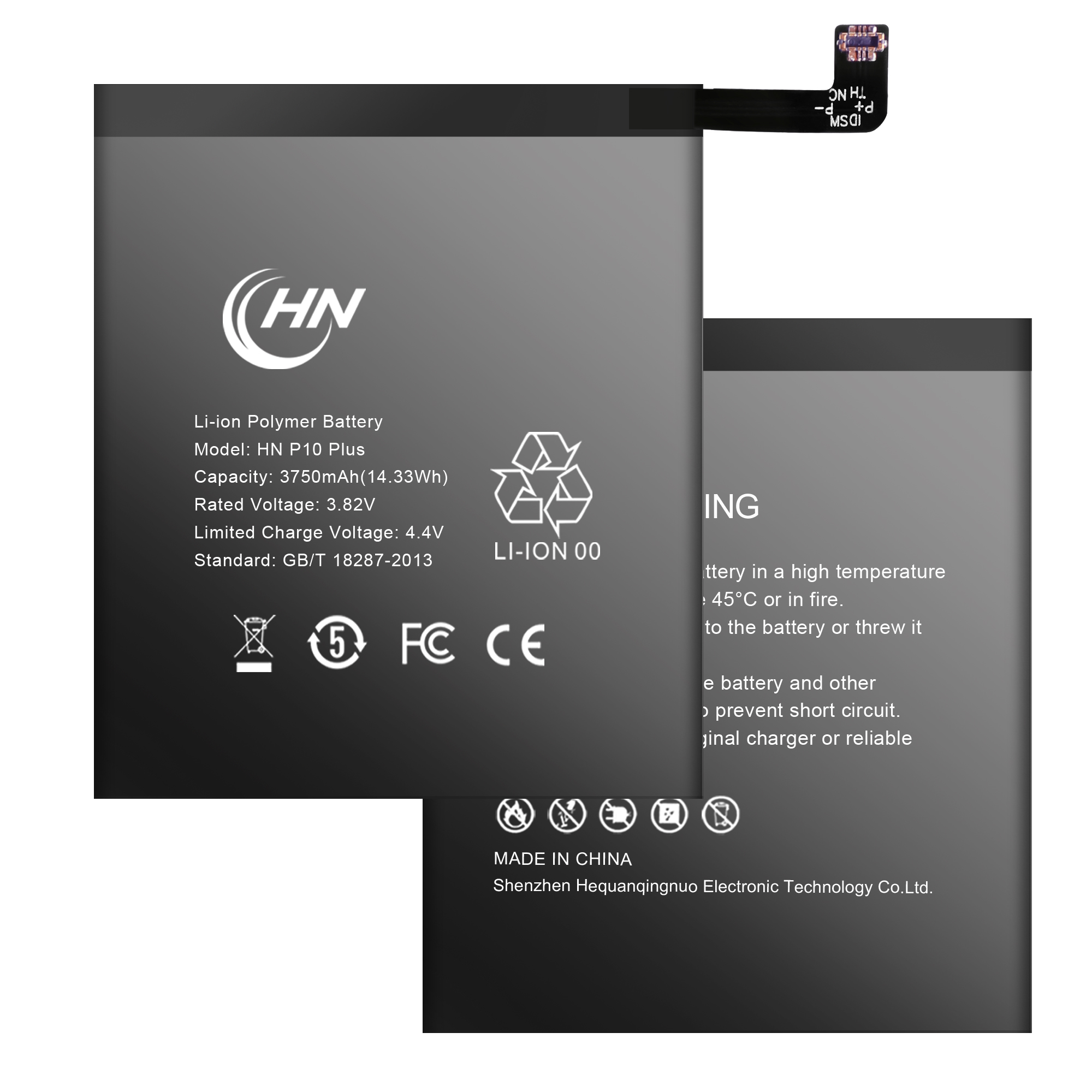 In the action to combat PM2.5 and clean air, Beijing proposed to further reduce coal-burning pollution and complete the plan to reduce the total coal-fired coal to approximately 10 million tons by 2017. All coal-fired power plants will be shut down in the next five years. The unit, which cuts 9.2 million tons of coal, has a clean power generation ratio of 100%.
In the action to combat PM2.5 and clean air, Beijing proposed to further reduce coal-burning pollution and complete the plan to reduce the total coal-fired coal to approximately 10 million tons by 2017. All coal-fired power plants will be shut down in the next five years. The unit, which cuts 9.2 million tons of coal, has a clean power generation ratio of 100%. According to the person in charge of the Beijing Municipal Development and Reform Commission, Beijing is one of the most coal-burning capitals in the world. In 2012, the total coal-fired power of the city reached 23 million tons, accounting for 25% of the total energy consumption. Among them, power plants, heating boilers, industrial and civilian bulk coal accounted for 40%, 24%, 19% and 17%, respectively.
According to calculations, of the various factors affecting PM2.5 in Beijing, energy use factors account for nearly 40%, of which emissions from coal-fired use account for approximately 16.7%. For a long time, Beijing’s local power supply and heat supply are mainly based on four coal-fired thermal power plants, which have the problem of small unit size, low energy efficiency, and heavy emissions. During the “Eleventh Five-Year Plan†period, five gas-fired thermal power plants were put into operation in Beijing to solve the problem of urban heating. However, due to the limitation of natural gas resources, the five gas-fired thermal power plants also have the problems of small unit size, low energy efficiency and unreasonable layout.
Relevant data show that, compared with traditional thermal power, natural gas power generation generates about 42% of carbon dioxide emissions from coal-fired power plants, and nitrogen oxide emissions are less than 20% of coal-fired power plants. The construction of gas-fired power plants covers an area that is generally only burning coal. Fifty-four percent of power plants can build power plants in power-hungry urban load centers to provide on-site power supply, especially for densely populated metropolises such as Beijing.
The person in charge of the Beijing Municipal Development and Reform Commission recently stated that Beijing is currently building four major thermoelectric centers to replace the existing coal-fired thermal power plants. In the future, cities will have thermal power points on all four sides, and Beijing’s energy structure will be greatly optimized. The four major thermal power centers have been fully completed, shutting down the Guohua, Shihui and Gaojing coal-fired thermal power plants in an all-round manner. After implementing the gas reform of Huaneng coal-fired thermal power plants, the company can directly reduce 9.2 million tons of coal-fired power plants, and add local clean power generation capacity of 7.2 million yuan. In kilowatts, 100 million square meters of clean heating capacity has been added to achieve the cleanliness of heating in urban centres and local power production. This means that Beijing will at least reduce emissions of carbon dioxide by 11 million tons, sulfur dioxide by 7,500 tons and nitrogen oxides by 12,000 tons per year.
How can the power supply in the capital be guaranteed if the power plant does not burn coal? It is understood that Beijing will expand the Changping, stability and other kilovolt substations through the construction of a new transmission channel and four transmission circuits to form an 11-channel, 24-circuit external power-receiver structure, with local power installed capacity controlled at 11 million kilowatts. The new electricity demand will be solved through external power adjustment, and the proportion of external power transfer will exceed 70%. At the same time, 29 new 220 kV power transmission projects and 89 110 kV power transmission and transformation projects will be built in Beijing to increase the overall power supply capacity of the power grid; and renewable energy sources such as wind power and solar energy will continue to be developed. By 2017, Beijing will be renewable. Energy generation capacity will reach 1 million kilowatts.
Huawei P10 Plus Battery perfect fits your phone Huawei P10 Plus with full capacity of 3750mAh, strictly according to the gb/t18287-2013 Mobile Phone Battery standard.With 500 cycles time,this Cell Phone Battery life span goes for 3-5 years.Intelligent chip and functional board technology makes the Huawei P10 Plus battery much more stable operation and durable using than our competitors.
As a professional manufacture over 7 years experience,we Hequanqingnuo technology owns the brand of HQQNUO involved in different Cell Phone Battery such as Iphone Battery , Huawei Battery , Samsung Battery and other Cell Phone Accessories such as Iphone Charger Case , QI Car Charger , Wireless Phone Charger and etc.


Huawei P10 Plus Battery
Huawei Mate P10 Plus Battery ,Mate P10 Plus Battery,Battery For Huawei Mate P10 Plus,Huawei P10 Plus Battery
Shenzhen Hequanqingnuo Electronic Technology Co., Ltd. , https://www.hqqnbattery.com